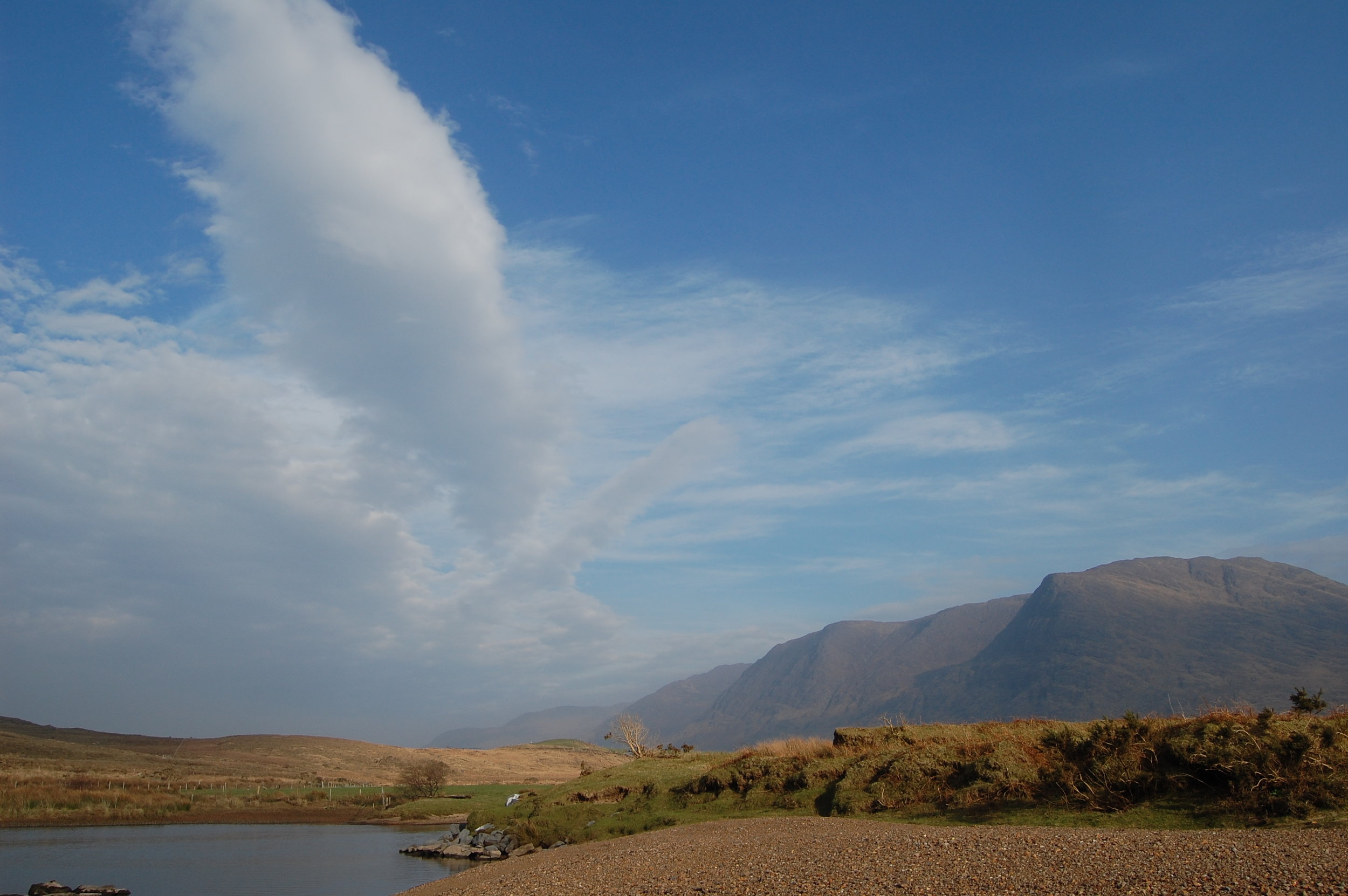At one with wilderness
/Hiking Ireland's first wilderness area
Irish Times, August 17, 2013
We simply need that wild country available to us,” the US novelist and historian Wallace Stegner wrote, “even if we never do more than drive to its edge and look in.” This is an arresting idea: that wild places nourish our spirit even if we never enter them.
If there is true wild country anywhere in Ireland, it’s in the Nephin Beg mountains of north-west Mayo. In March, Coillte and the National Parks and Wildlife Service designated 11,000 hectares of bog, mountain and forestry here as Ireland’s first wilderness area, dubbed Wild Nephin.
And you can do more than just look in from the edge. Three looped trails at Letterkeen explore the southern part of this wilderness. In early July I set out on the 12km Letterkeen Loop (marked with purple arrows), crossing a footbridge over the Altaconey river and following the bank of a quick, shallow stream. The ground was thick with tall bracken, the trail hard to make out.
The trail crossed streams, traversed wet bog and climbed to over 200 metres in the first few kilometres. The track here is often sopping wet, but after warm weather it was mostly dry.
An hour and a half later I arrived at the Lough Avoher hut (pictured above), a small lean-to for backpackers, built last year by the voluntary group Mountain Meitheal. I had brought my camping gear; this would be my bed for the night. I cooked some pasta and climbed a little up the hill behind the hut to watch the sun set. Then I went back and settled into my sleeping bag. A swarm of midges biting my face woke me at 6am.
In 1964, the US became the first country to legally designate wilderness — public land without roads or mechanised transport, where “man himself is a visitor who does not remain”.
Conifer plantations are often unloved by hillwalkers, but they still offer remoteness and solitude, and plans to ‘re-wild’ the Nephin forests could provide an exciting blueprint for other plantations. The goals of Wild Nephin are certainly inspiriting. Coillte will set aside 4,400 hectares of forestry and re-wild it to improve habitat and boost biodiversity. Forest roads will be closed and converted to trails, and basic shelters and campsites developed for backpackers. Coillte says the region will offer solitude, challenge and “primitive recreation”.
After breakfast, I followed the trail above the forestry. I studied a damselfly, watched a group of ravens play over Nephin Beg mountain, and startled a frog from the grass. I followed the muddy trail up to a 311 metre summit: take care here and stick with the markers, there is very steep ground nearby. Then I descended through the forest to a track that soon joined the Altaconey river again. The mature forest here was thick with ferns, lichen, and moss. Soon I arrived back at the car park, and stepped out of the wild country.
Map: OSI Discovery Series Sheet 23, but older maps may show old trail route. Up-to-date trail route and map at mayotrails.ie. Time and distance: 12km, 3-4 hours Trailhead: Brogan Carroll bothy, Letterkeen, Co Mayo. From Newport, take N59 towards Achill but turn right after 1km, signposted for Letterkeen Loops. Continue for 12km, past Lough Feeagh. Turn left just after a small bridge for the trailhead. Two shorter loops, the Bothy Loop (6km) and Lough Avoher Loop (10km) also start here. Suitability: Remote and tough trail that climbs above 300m where mist is common. Wild camping experience is advised if you are staying in the Lough Avoher hut. Streams here swell quickly during rain. Practice Leave No Trace (leavenotraceireland.org)















